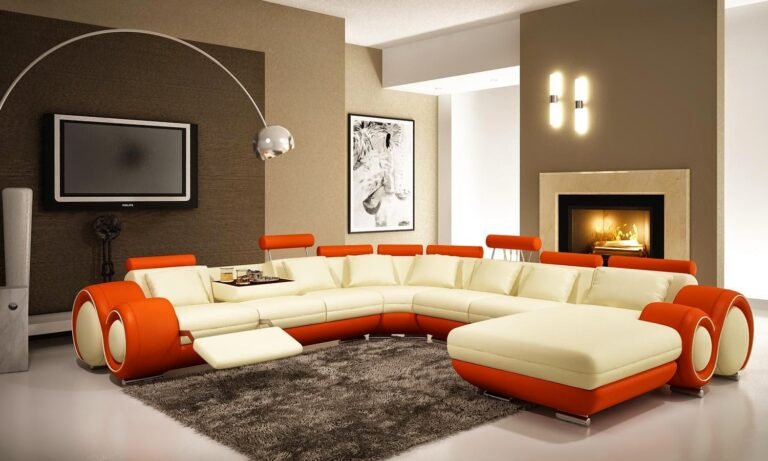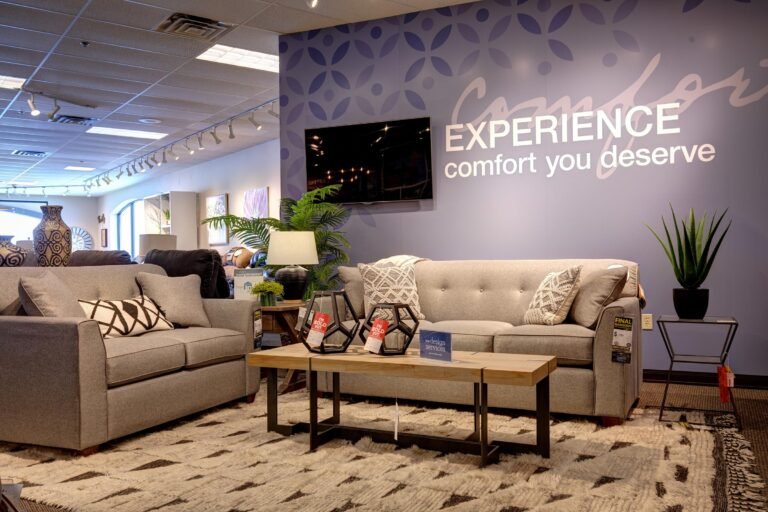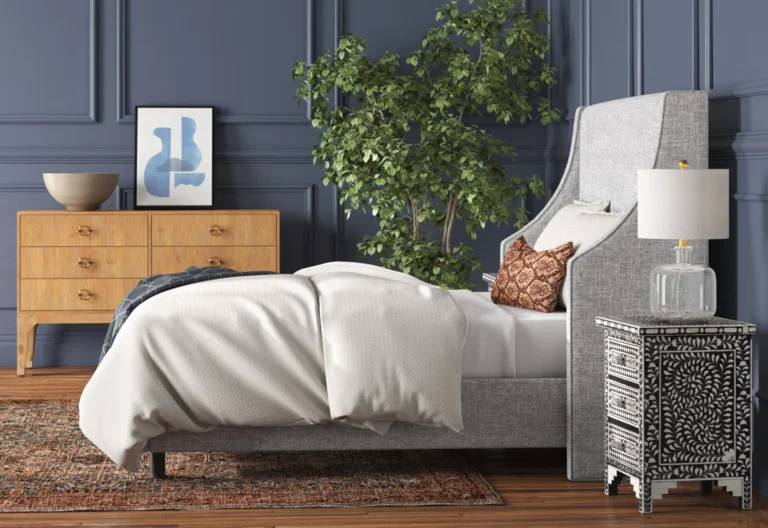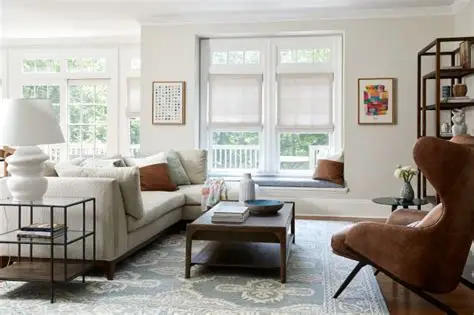
How to Arrange Furniture for Better Space Flow
Arranging furniture correctly can transform any room, making it feel spacious, functional, and inviting. Poorly placed furniture can create clutter, block pathways, and reduce comfort. In 2025, homeowners prioritize layouts that maximize space, improve movement, and reflect personal style. Understanding basic principles of space flow helps you create rooms that are both practical and visually appealing.
Start with a Clear Plan
Before moving furniture, measure your room and note architectural features like windows, doors, and radiators. Create a floor plan to visualize possible arrangements. Consider the purpose of the room and how people will use it. Planning ahead reduces mistakes and ensures every piece has a functional place.
Define Zones in the Room
Dividing a room into zones improves flow and organization. For example, in a living room, create areas for seating, entertainment, and reading. Use rugs, lighting, or furniture placement to distinguish each zone. Defining zones allows people to move naturally and makes the room feel balanced and purposeful.
Prioritize Traffic Patterns
Leave clear pathways for walking. Avoid placing large furniture directly in front of doors or windows. Ensure at least two to three feet of space for people to move comfortably between areas. Maintaining unobstructed traffic flow reduces congestion and makes a room feel open and welcoming.
Balance Furniture Size and Placement
Select furniture that fits the scale of your room. Oversized pieces in small spaces create clutter, while tiny furniture in large rooms feels disconnected. Arrange larger pieces along walls or in central positions to anchor the space. Use smaller items to fill gaps and complement the layout. Balance ensures a harmonious and functional environment.
Use Focal Points
Identify a focal point in the room, such as a fireplace, TV, or large window. Arrange seating and furniture around this feature to create a natural flow. Focal points draw attention and provide structure, helping people navigate the space intuitively.
Allow Flexibility
Flexible furniture arrangements support multiple activities. Modular sofas, movable chairs, and foldable tables can adapt to changing needs. Flexibility keeps the space functional for everyday life and social gatherings. It also allows you to experiment with layouts until you find the best flow.
Maintain Visual Harmony
Keep the room visually balanced by spacing furniture evenly and aligning items with architectural lines. Avoid clustering too many pieces in one area, which can make the space feel cramped. Incorporate symmetry when possible to create a sense of order and ease.
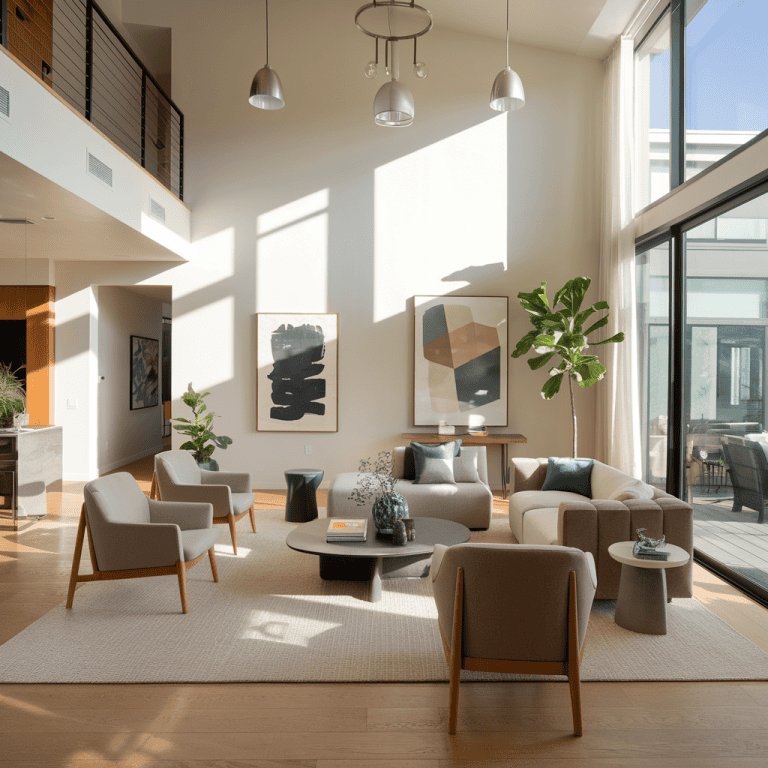
Consider Lighting and Accessories
Lighting influences how space feels and guides movement. Use layered lighting with floor lamps, table lamps, and overhead fixtures to define zones. Accessories like rugs and plants can subtly direct flow while enhancing the room’s aesthetics. Proper lighting and decor complete the arrangement.
Conclusion
Arranging furniture for better space flow improves both functionality and style. By planning ahead, defining zones, prioritizing traffic patterns, balancing furniture size, and maintaining visual harmony, you can create rooms that feel open, comfortable, and welcoming. Thoughtful furniture placement transforms your home into a space that works for your lifestyle and enhances everyday living.

